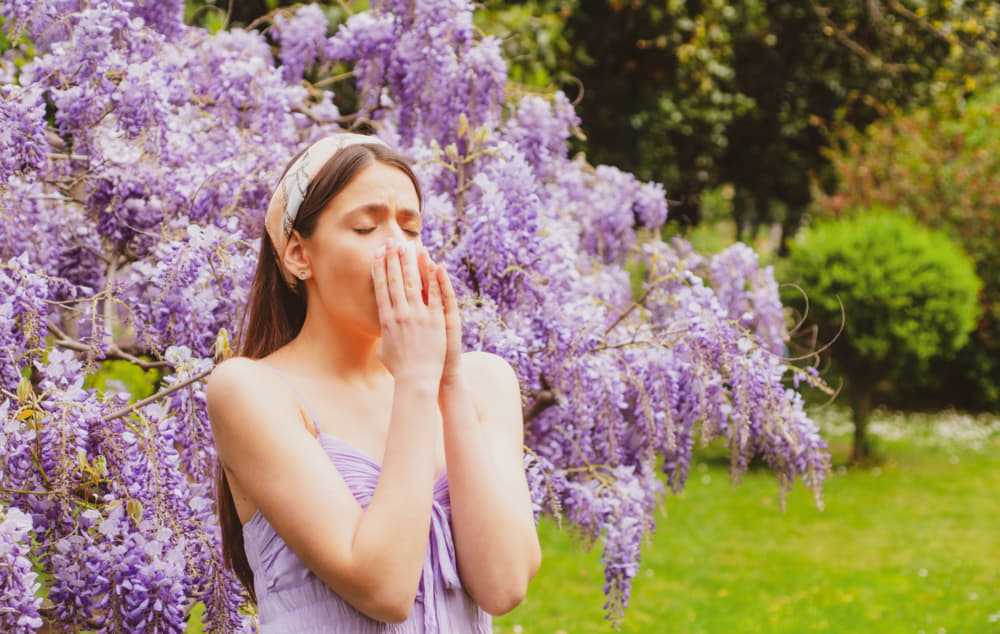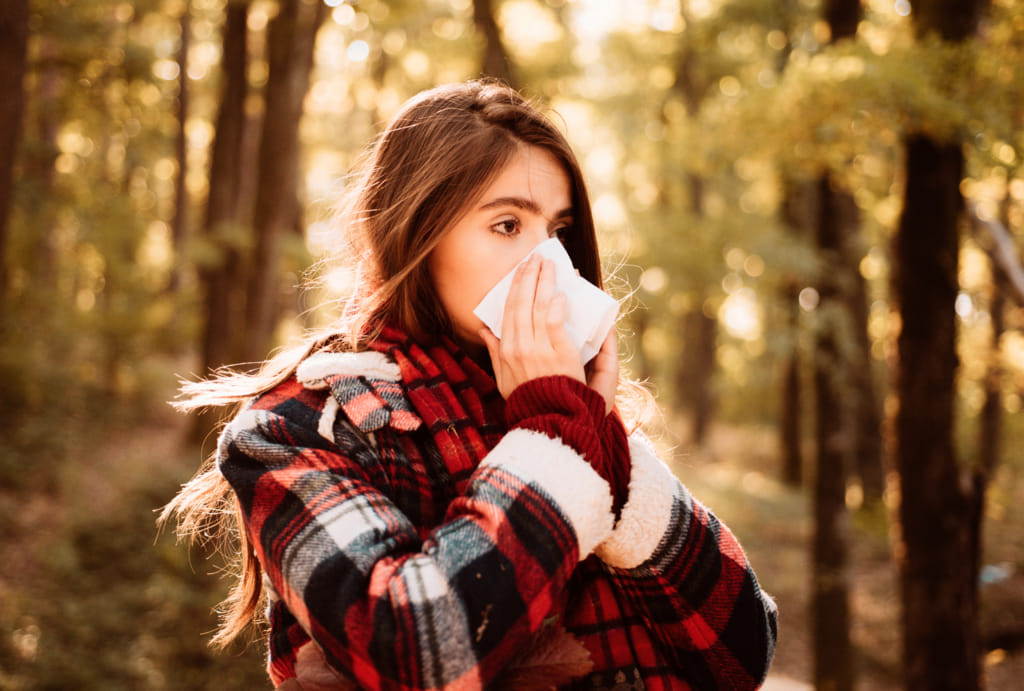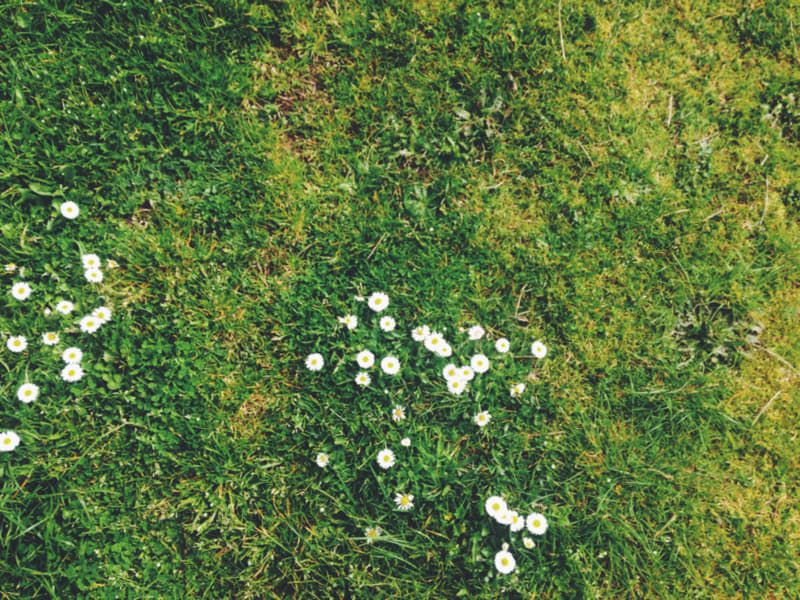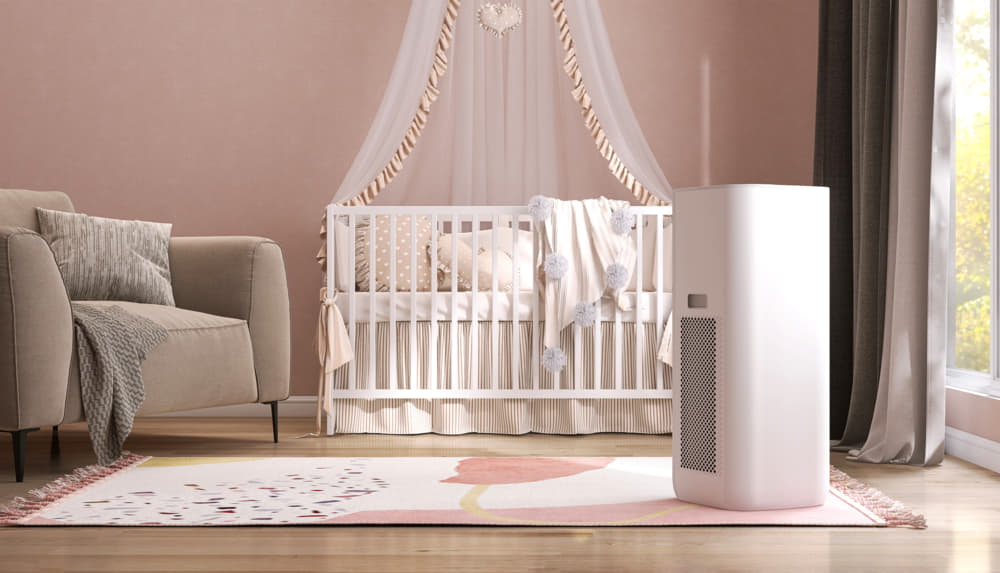
The shifting of seasons, especially during spring and fall, often comes with the bloom and dispersion of pollen, turning many people's lives into a sneezing, itchy-eyed affair. Pollen allergies, often referred to as seasonal allergies, hay fever or allergic rhinitis, affect a considerable portion of the population. However, how do you differentiate between a pollen allergy and other respiratory conditions? This article delves into the signs, diagnosis, and distinction of pollen allergies from other ailments.

One of the hallmark symptoms of a pollen allergy is itchy, watery eyes. While it's also common in other allergies, such as those to pet dander, it's particularly pronounced during high pollen counts. It's the body's way of attempting to flush out the offending allergens.
Runny nose, sneezing, and nasal congestion are common. Some people might even experience postnasal drip, where mucus runs down the back of the throat, which can cause a persistent cough or throat clearing.

Some individuals with pollen allergies might experience skin reactions, including itching or hives, especially after direct contact with pollen.
This might surprise many, but fatigue is another symptom linked to pollen allergies. The constant battle between the immune system and the allergens, paired with disrupted sleep due to nasal congestion, can leave one feeling drained.
While the symptoms can give a good indication, it's essential to get an accurate diagnosis. This is usually done in two main ways:
Skin Prick Test: A common diagnostic tool. The allergist places a tiny amount of several potential allergens, including specific pollens, on the patient's skin using a small needle prick. If the person is allergic, they'll usually develop a raised bump at the test site within 20 minutes.
Blood Test: In some cases, a blood test might be preferable, especially if the patient has a skin condition that might interfere with the skin test or if they're on medications that could skew results. The blood test looks for antibodies that the body might produce in response to specific allergens.
Duration and Timing: Seasonal pollen allergies often correlate with the blooming periods of specific plants. For instance, tree pollen is high in the spring, grass pollen in late spring and early summer, and weed pollen in the fall. Symptoms that persist year-round might point to other allergies or respiratory conditions.

Presence of Fever: Unlike a cold or the flu, pollen allergies don't cause a fever. If you have a fever, it's likely a different respiratory illness.
Color of Nasal Discharge: Clear nasal discharge is typical for pollen allergies. A green or yellow mucus can indicate an infection, though this isn't always the case.
Chest Tightness and Wheezing: While these can sometimes occur with severe allergies, they're more commonly associated with conditions like asthma or chronic obstructive pulmonary disease (COPD). If you experience these symptoms, especially if they persist, it's crucial to see a healthcare professional.
If you've been diagnosed with a pollen allergy, there are several strategies to manage and reduce symptoms:
Stay Indoors During High Pollen Counts: Check local weather reports for pollen counts and stay indoors during peak times, typically early morning and late afternoon.
Shower After Being Outside: Showering washes away pollen from your skin and hair, reducing the chance of transferring it to your bed or furniture.
Use HEPA Filters: These filters, used in both air purifiers and vacuums, can help reduce the amount of pollen in indoor air.

Over-the-Counter and Prescription Medications: Antihistamines can help manage symptoms. If these aren't effective, your doctor might recommend other treatments or allergy shots.
Identifying and managing pollen allergies is crucial for those affected, as it can significantly improve their quality of life during allergy seasons. By recognizing the symptoms, obtaining a proper diagnosis, and distinguishing these allergies from other conditions, individuals can take proactive measures to keep sneezing, itching, and other discomforts at bay. Whether it's by avoiding high pollen counts, implementing preventive measures, or seeking medical treatment, there's hope for a sniffle-free future.
